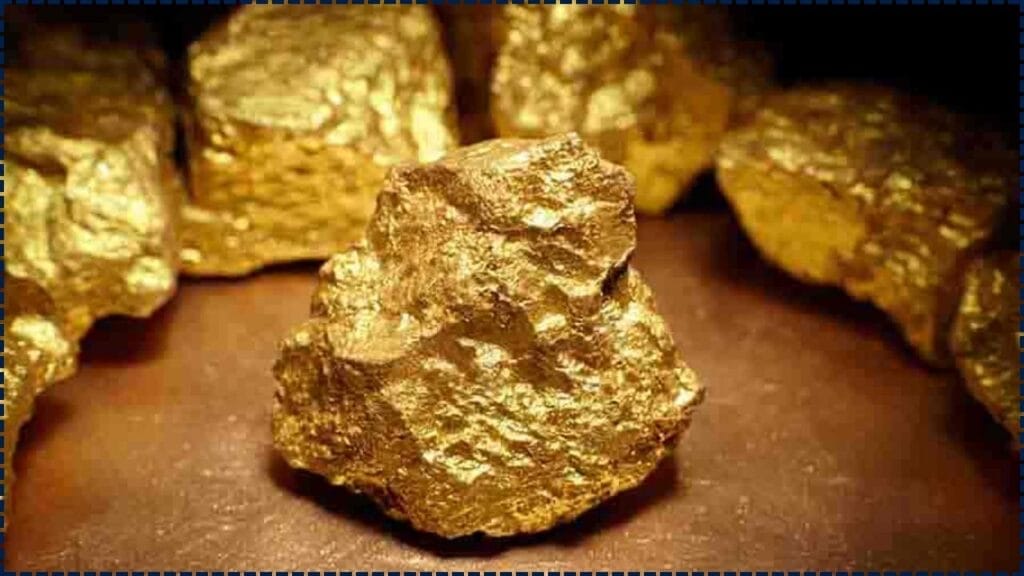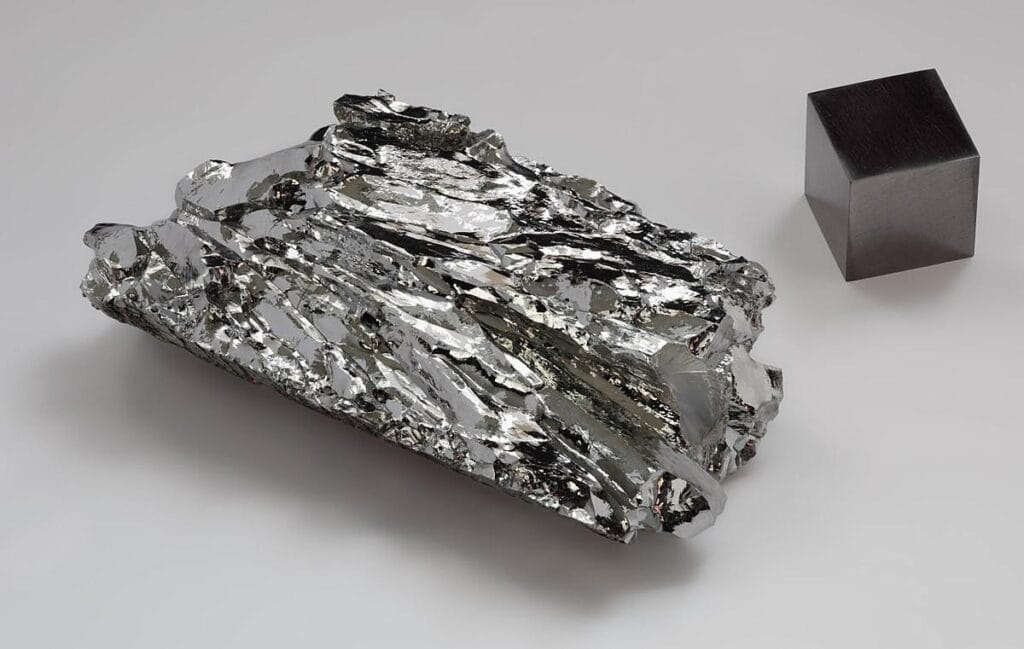Discover the world’s most expensive metals, a fascinating topic that will surprise you and inspire care for our planet’s resources. Whether you’re a student curious about shiny treasures or a professional in technology, mining, or finance, this simple guide shares science, history, and prices in a way everyone can understand. We’ll explain not just how much these metals cost, but why they’re important to your life and communities. By learning about them, we can use these resources wisely, protecting Earth and building a fairer, more sustainable future for all.

So grab your virtual pickaxe because we’re digging deep into the Earth’s crust and even deeper into the economy, science, and sustainability stories that make these metals worth every penny.
These Are the World’s Most Expensive Metals
| Metal | Approx. Price (USD) | Main Uses | Who Cares |
|---|---|---|---|
| Californium-252 | $27 million per gram | Nuclear reactors, oil exploration, cancer treatment | Nuclear physicists, radiologists |
| Rhodium | $6,000 per ounce | Car emissions systems, jewelry, electronics | Auto engineers, investors |
| Iridium | $4,600 per ounce | Aerospace, electronics, scientific equipment | Chemists, aerospace firms |
| Platinum | $1,000 per ounce | Jewelry, hydrogen fuel cells, auto catalytic converters | Jewelers, green tech developers |
| Palladium | $1,000 per ounce | Car exhaust systems, electronics | Environmental engineers, auto industry |
| Gold | $2,300+ per ounce | Jewelry, finance, electronics | Everyone – from investors to artisans |
| Ruthenium | $250 – $600 per ounce | Electrical contacts, hard drives | Tech developers |
| Osmium | $350+ per ounce | Medical tools, fountain pens, electrical applications | Niche industrial designers |
| Rhenium | $1,000+ per ounce | Jet engines, aerospace alloys | Military, aviation experts |
| Silver | $30 – $40 per ounce | Coins, solar panels, electronics, jewelry | Investors, manufacturers |
Whether you’re stacking silver coins, investing in gold, or designing aircraft engines, precious metals shape our modern lives. Some cost millions per gram, while others sit quietly in your cell phone. These metals bridge nature and technology, ancient traditions and future innovation. Understanding their power — and price tags — helps you make smarter decisions for your wallet, career, and planet.

Californium-252: The King of Cost
Californium-252 isn’t just pricey, it’s mind-blowing expensive — we’re talking $27 million per gram. This radioactive element is man-made in nuclear reactors, mainly the Oak Ridge National Laboratory in Tennessee.
Why so costly?
- It’s insanely rare.
- It helps start up nuclear reactors.
- It’s used in medical cancer therapies and oil well scanning.
- Its production is limited to highly secure nuclear facilities, making it logistically difficult and risky to obtain.
It’s not in your grandma’s jewelry box, but it’s priceless in the energy and medical sectors. In fact, the element is so powerful that just a few micrograms can activate other materials — making it a game-changer for specialized scientific applications.
Rhodium: The Anti-Smog Champion
Rhodium, valued at about $6,000 per ounce, is a shiny, durable metal that helps keep our air clean, making it a quiet hero for our planet. It’s vital in catalytic converters, which reduce harmful car emissions, supporting healthier communities. As climate change and clean air laws grow more urgent, rhodium plays a key role in protecting our environment. By valuing this metal, we can work together to ensure clean air and a sustainable future for everyone.
Its rarity and role in fighting pollution keep it in high demand. Investors love it, too, because its price can double or crash in months. Yep, it’s that wild. Rhodium prices reached historic highs in recent years, even surpassing $10,000 per ounce in volatile periods.
The Noble Bunch: Iridium, Platinum, Palladium
Iridium ($4,600/oz)
- Ultra-hard and corrosion-resistant
- Used in space vehicles, spark plugs, and satellite technology
- Crucial for data storage tech like hard disk drives
Platinum ($1,000/oz)
- Jewelry favorite
- Used in green hydrogen fuel cells and laboratory equipment
- Helps reduce emissions just like rhodium
Palladium ($1,000/oz)
- Found in hybrid and electric car systems
- Plays a big role in consumer electronics and medical tools
The Ever-Golden Favorite: Gold
Gold sits at around $2,300+ per ounce in 2025. While not as rare as californium or rhodium, it holds a sweet spot because:
- It stores value (hello, gold bars)
- It’s easy to melt, mold, and recycle
- It has universal appeal, from high-end tech to ancient art
Pro tip: gold’s role in electronics is under-hyped. Every smartphone you own? There’s gold inside. It’s also in satellite panels and high-end microchips. Plus, gold doesn’t tarnish or corrode, making it perfect for long-lasting circuitry.
Silver: The People’s Metal
Silver’s a workhorse. At $30-$40/oz, it’s cheaper than gold but does so much:
- Conducts electricity better than any other metal
- Used in solar panels, battery technology, and antimicrobial medical tools
- Common in jewelry, coins, mirrors, and household items
Silver is also on the rise in renewables and EVs. Plus, it’s got a long-standing place in currency and is becoming more popular in green tech manufacturing.
The Specialty Players: Ruthenium, Osmium, Rhenium
These are the metals you don’t hear about often, but they matter big time in niche and high-tech applications.
Ruthenium
- Used in hard drives, chip resistors, and supercapacitors
- Increasingly vital in semiconductor manufacturing
- Often alloyed with platinum to boost strength
Osmium
- Hardest and densest natural metal on Earth
- Great for medical tools, fountain pens, and electrical contacts
- Rare, expensive, and hard to refine
Rhenium
- Melting point over 5,000°F makes it perfect for jet engine turbines
- Used in missile components, satellites, and petrochemical catalysts
- Often recovered as a byproduct of copper mining
Why Metal Prices Matter
Supply & Demand
Rare stuff + high demand = sky-high prices. Rhodium and palladium saw wild price spikes because of auto industry regulation changes. Same goes for tech demand in rare-earth semiconductors.
Mining Locations
Some metals are only mined in one or two countries, which makes them vulnerable. Political instability or export restrictions? That shakes prices fast. For instance, South Africa dominates platinum mining, while Russia leads in palladium.
Green Tech Growth
Metals like platinum, silver, and palladium are booming because of solar, wind, and hydrogen tech. As the world embraces net-zero policies, demand for these metals is only going up.
Global Economy
Inflation, trade wars, and recessions impact metal prices. Investors turn to metals as a hedge against currency fluctuations.
Related Links
Saharan Dust Cloud Reaches U.S. – Check How It Could Fuel Hurricane Activity This Summer
Careers and Professions Impacted
- Auto engineers: Track rhodium and palladium to manage catalytic converter design costs and emissions compliance.
- Jewelry designers: Prices of platinum, gold, silver affect profit margins and design decisions.
- Investors: Gold, silver, rhodium, and platinum are key investment hedges.
- Scientists and researchers: Need precise budgeting when working with rare metals like rhenium or californium.
- Tech developers: Rely on ruthenium and osmium in emerging chip technologies.
- Policy makers: Should understand how critical minerals shape energy and defense strategy.
A Guide to Understand Precious Metals
- Follow the Markets: Use TradingEconomics, MetalsDaily, or Kitco for live prices and historical charts.
- Learn Their Roles: From electric vehicles to nuclear tech, understand why each metal exists in the economy. Read white papers and follow market analysis blogs.
- Analyze Supply Chains: Know where these metals come from and what could disrupt that (wars, climate, politics). Supply shocks = price hikes.
- Diversify Investments: Precious metals are volatile. Spread your risk across different types (bullion, ETFs, mining stocks).
- Stay Curious: These aren’t just commodities — they power our phones, cars, planes, satellites, and futures. Always be learning.
FAQs
Q: Is californium dangerous?
A: Yes. It’s radioactive and handled under strict regulation. Only licensed nuclear labs can produce or use it.
Q: Why does rhodium fluctuate so much?
A: It’s rare and demand from the auto industry swings widely. Supply is also concentrated in politically volatile areas.
Q: Can I invest in platinum group metals?
A: Yes, through ETFs, futures, or physical purchase, but it’s a high-risk, high-reward market.
Q: Are metals like osmium safe to touch?
A: Solid osmium is stable, but powdered forms can be toxic. Always check safety guidelines.
Q: Why do artists use gold in paint?
A: For its luster, symbolism, and durability. Real gold leaf adds a luxurious, long-lasting finish to artwork.








